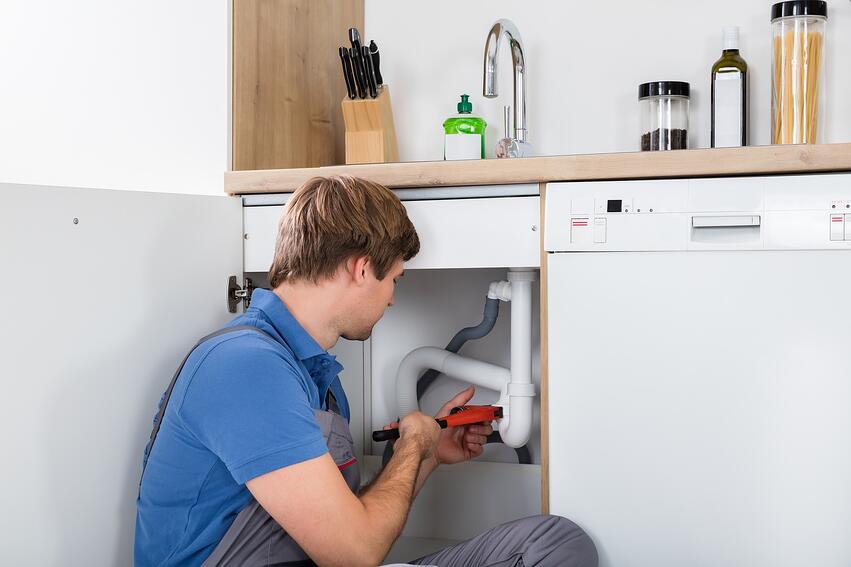What Causes a Sewage Backup in the Basement?
Is your basement drain backing up when you’re washing clothes? Have you noticed that your basement floor drain backs up when the toilet is flushed or when it rains?
If so, you could be dealing with a handful of different plumbing problems. Determining the root cause is the key to getting the right repairs—and preventing further damage. Here are the causes of sewer backup in basement.
We proudly offer:
- Emergency service at no extra charge
- 2-hour response times for sewer and drain emergencies
- FREE estimates, upfront pricing, and exceptional service!
3 CAUSES OF SEWAGE BACKUPS IN BASEMENTS
- Sewer line clogs: A main sewer line clog can slow or stop the passage of wastewater from your home to the city sewer line. One of the first signs of this plumbing problem is often backups in basement drains.
- Sewer line damage: Sewer lines that are cracked, broken, collapsed, or damaged by tree root infiltration will also stop the proper flow of wastewater and cause basement drain backups. With this type of issue, the basement backup can be one of the first red flags, and other plumbing problems (like clogs in multiple fixtures or bathtub backups) will soon follow.
- Heavy rains, flooding, or storms: Sometimes, sewage backups in a basement drain may not indicate a problem with your plumbing fixtures or sewer line. Instead, they can occur when the city sewer system is inundated with water after a heavy rain shower. When rainwater overwhelms the system and it simply can’t take it anymore, basement sewage backups happen.
HOW TO CLEAN A BASEMENT SEWAGE BACKUP: 8 HELPFUL TIPS
Sewage backups in your basement aren’t just nasty—they can also present health hazards. So, when it’s time to clean up these backups, it’s essential to take the proper precautions to ensure that:
- Your space is thoroughly sanitized and cleaned.
- You’re not exposed to any harmful parasites, bacteria, or other substances.
Here are some helpful tips for cleaning sewage backups in your basement (or anywhere in your home):
- Don’t let backups and foul-smelling standing water sit: Clean it up as soon as you notice it, so it doesn’t cause more hazards and damage.
- Wear protective gear: Wear boots, pants, and long sleeves—or waders. If you have any open wounds, fully and securely cover them with a waterproof bandage. It’s also crucial to wear eye protection, gloves, and a ventilator.
- Pick up solid matter with shovels and buckets: Dispose of solid waste, as well as the soaking towels or sheets you’ve used, in a durable trash bag (like contractor garbage bags). You may even want to rent a dumpster for all of the waste you’ll need to throw away during this cleanup.
- Use a shop vacuum to remove puddles: Wet/dry vacuums will also work for cleaning up larger puddles.
- Use old or throwaway towels or sheets to soak up the wastewater: If you don’t have extra towels or sheets at home that you can toss after the cleanup, consider picking up some cheap towels or sheets from a thrift store.
- Use fans and dehumidifiers to remove remaining moisture: This will help completely dry out the area and prevent mold growth.
- Throw away unsalvageable items: This includes carpet, wood furniture, particleboard, and fabric. All of these items will soak up sewage.
- Disinfect: When the basement has been cleared of sewage and is dry, disinfect everything. Start with a solution of warm water and soap, and then wipe down everything with a mixture of water and bleach. Working in sections can be helpful.







